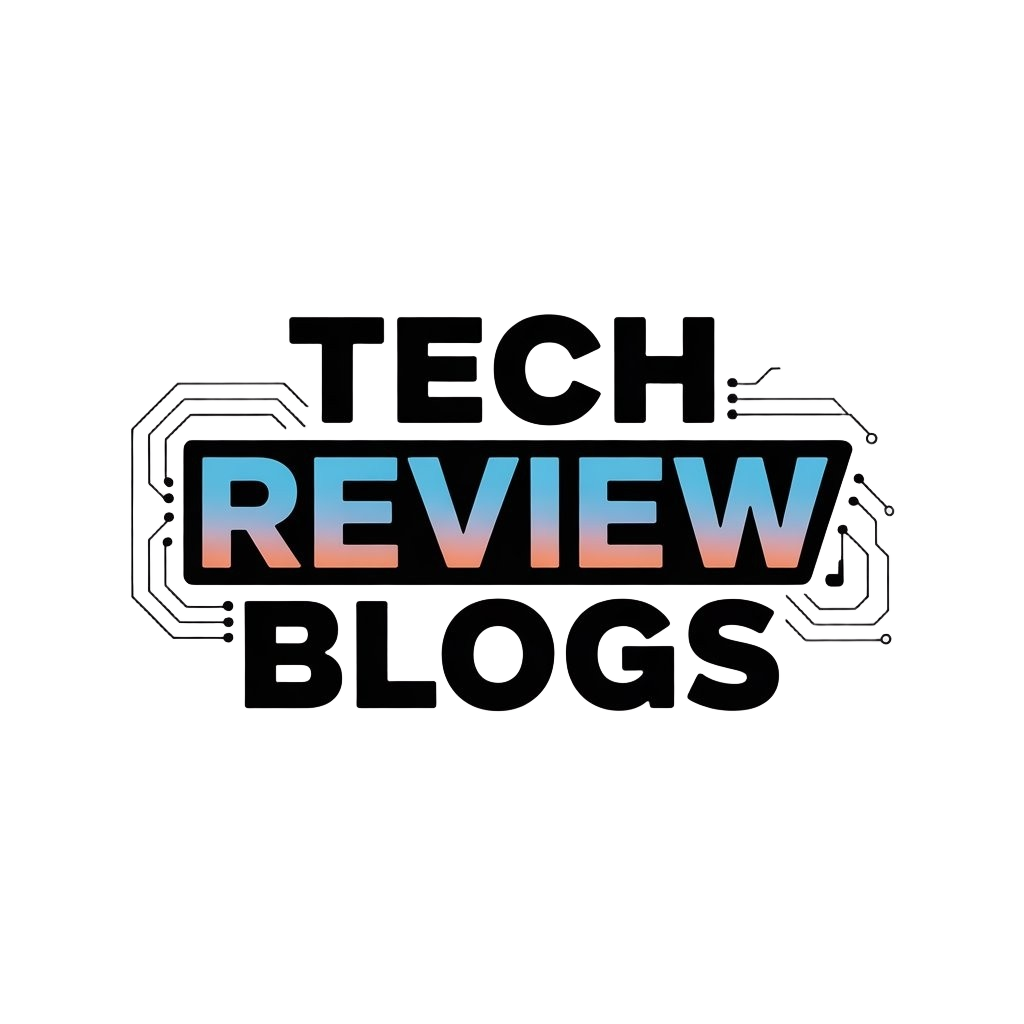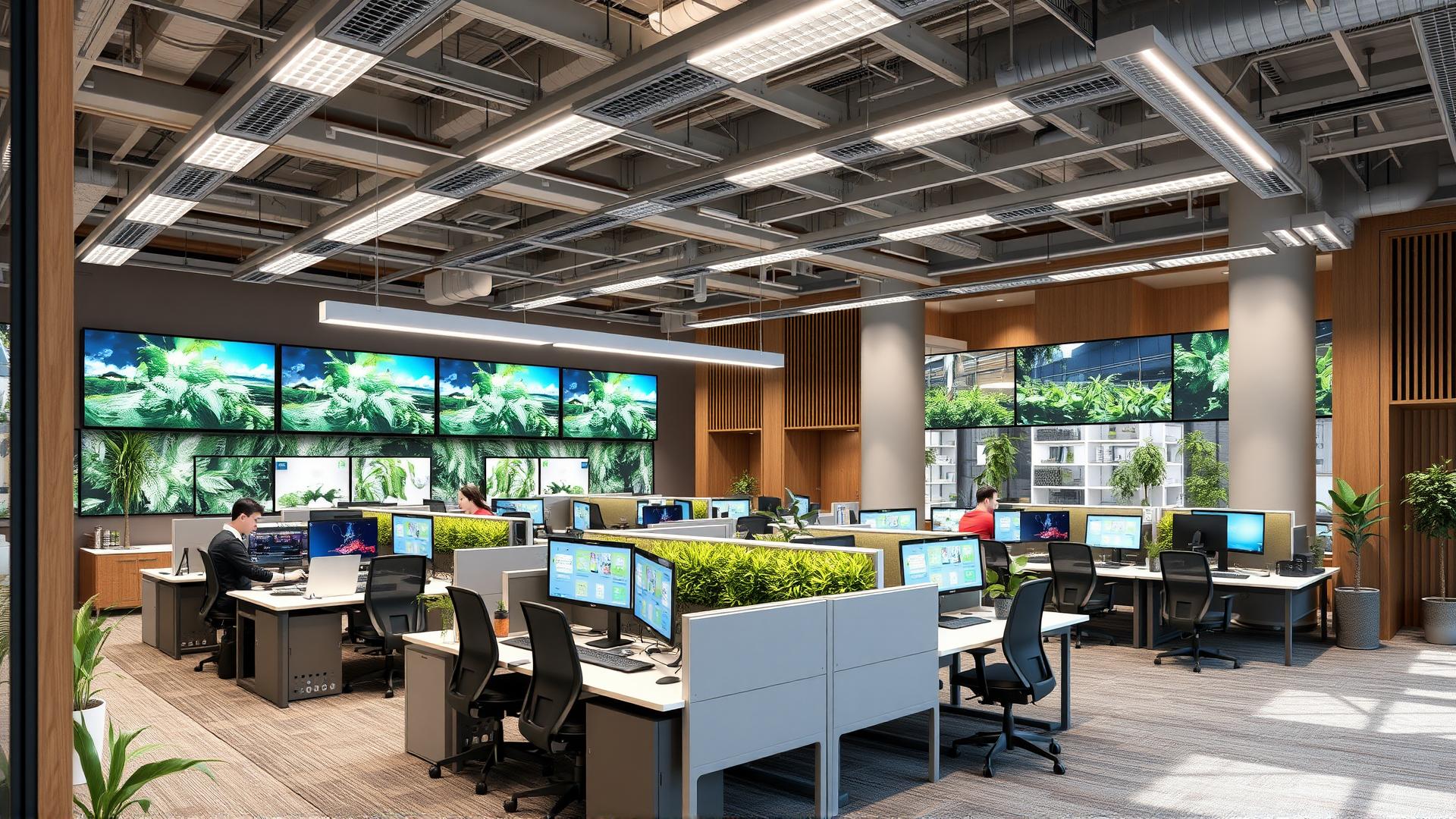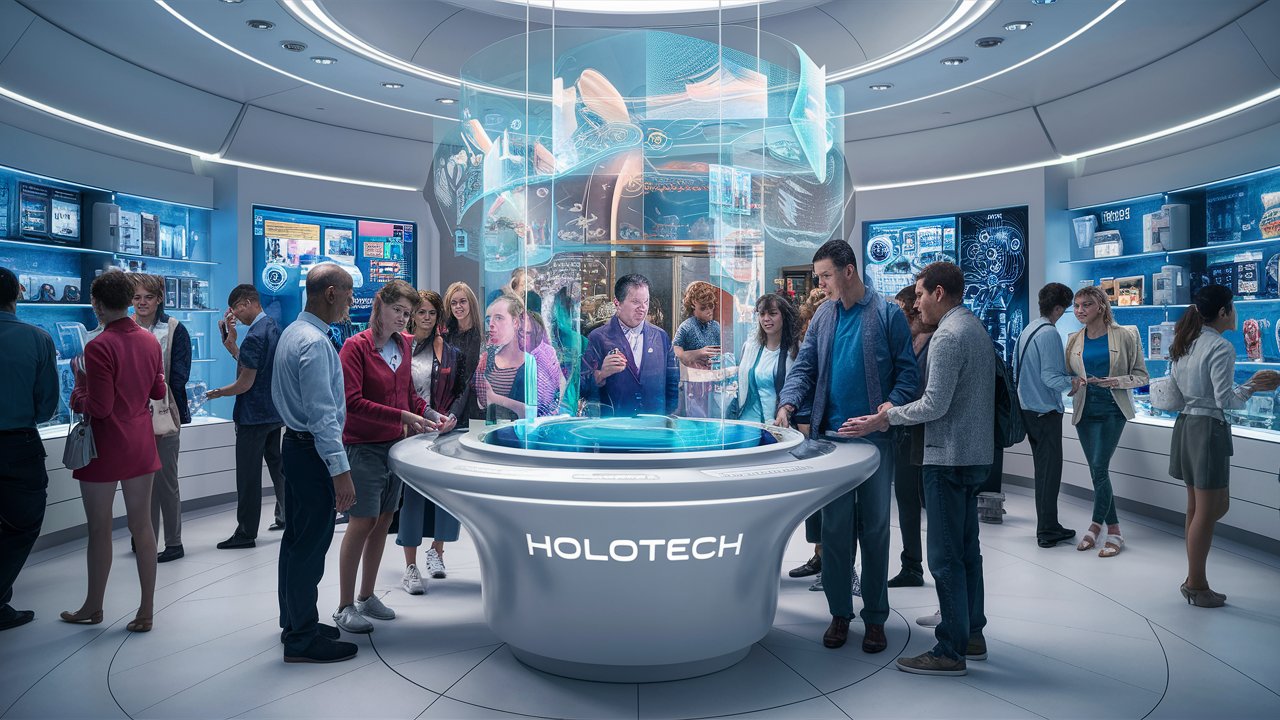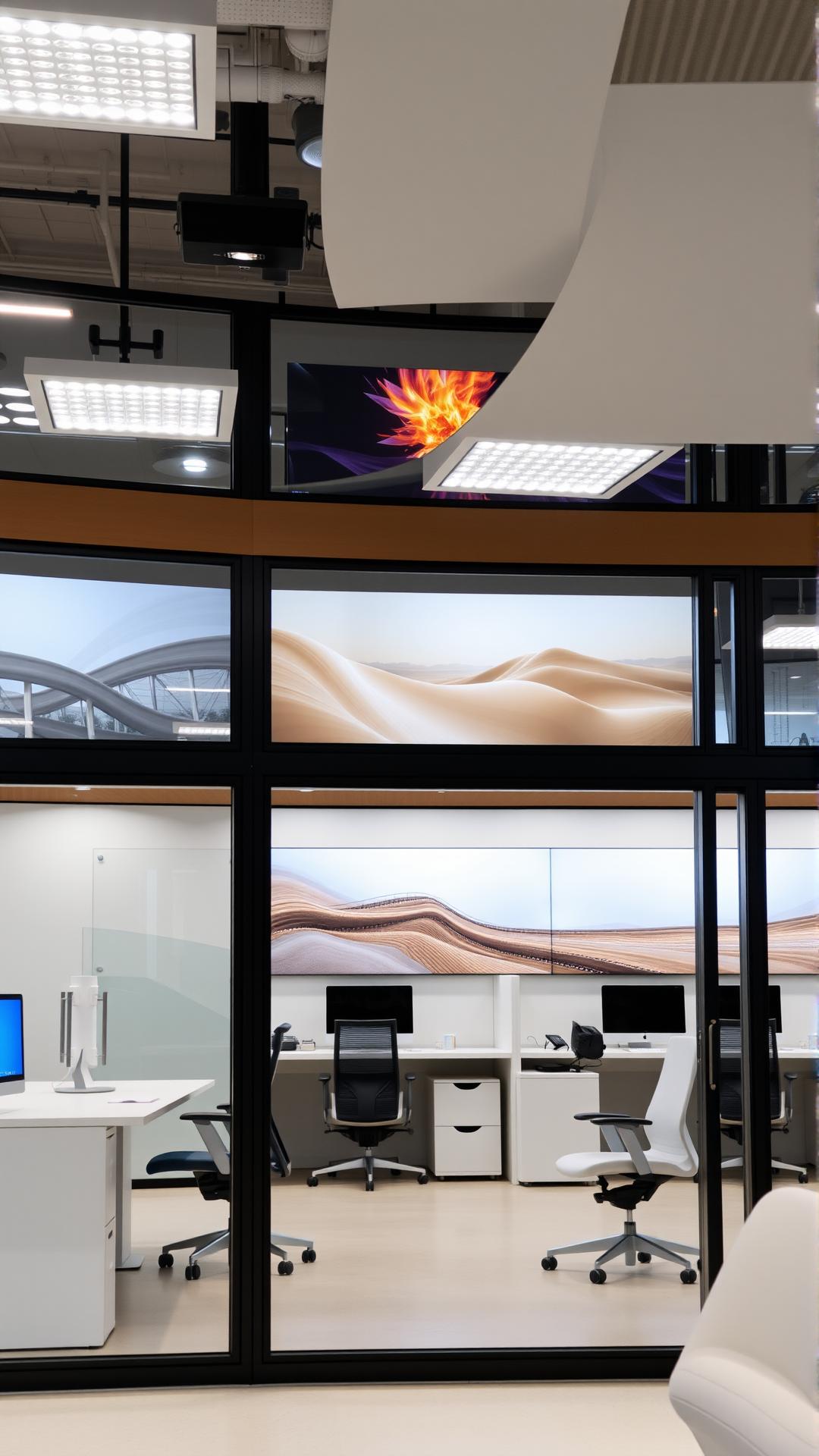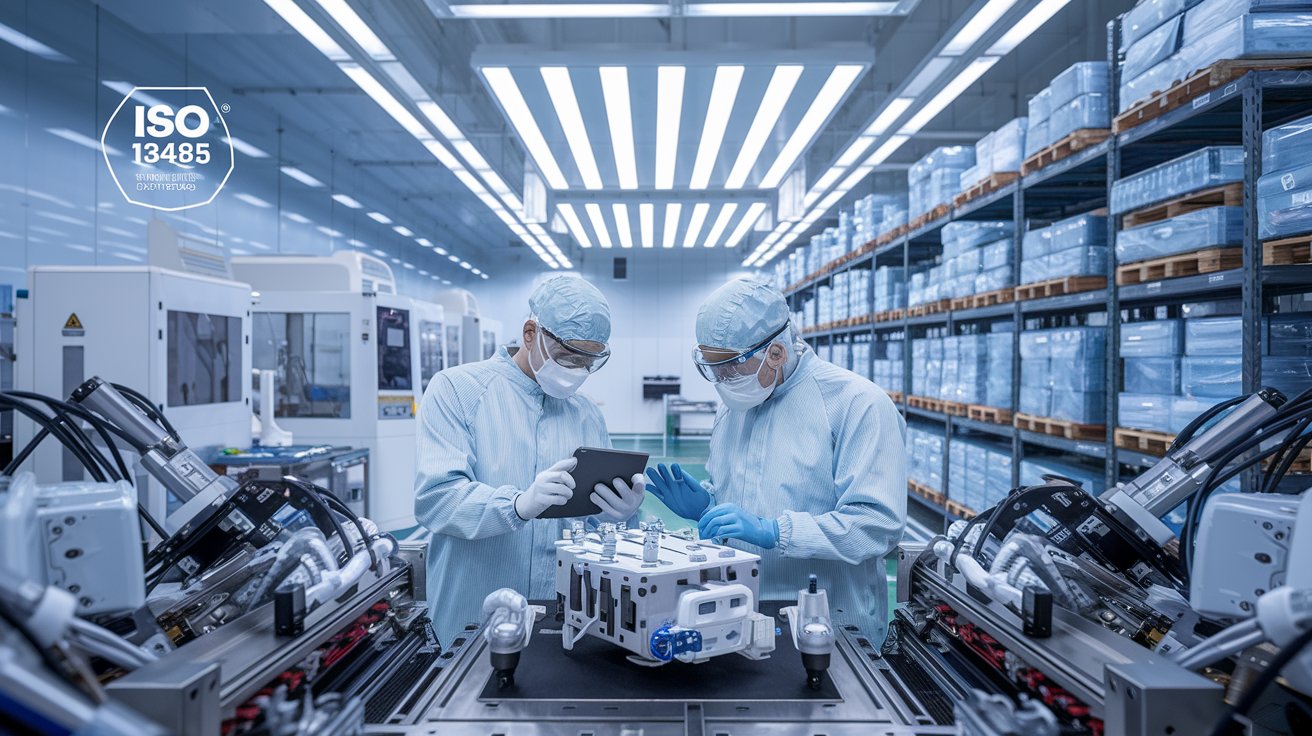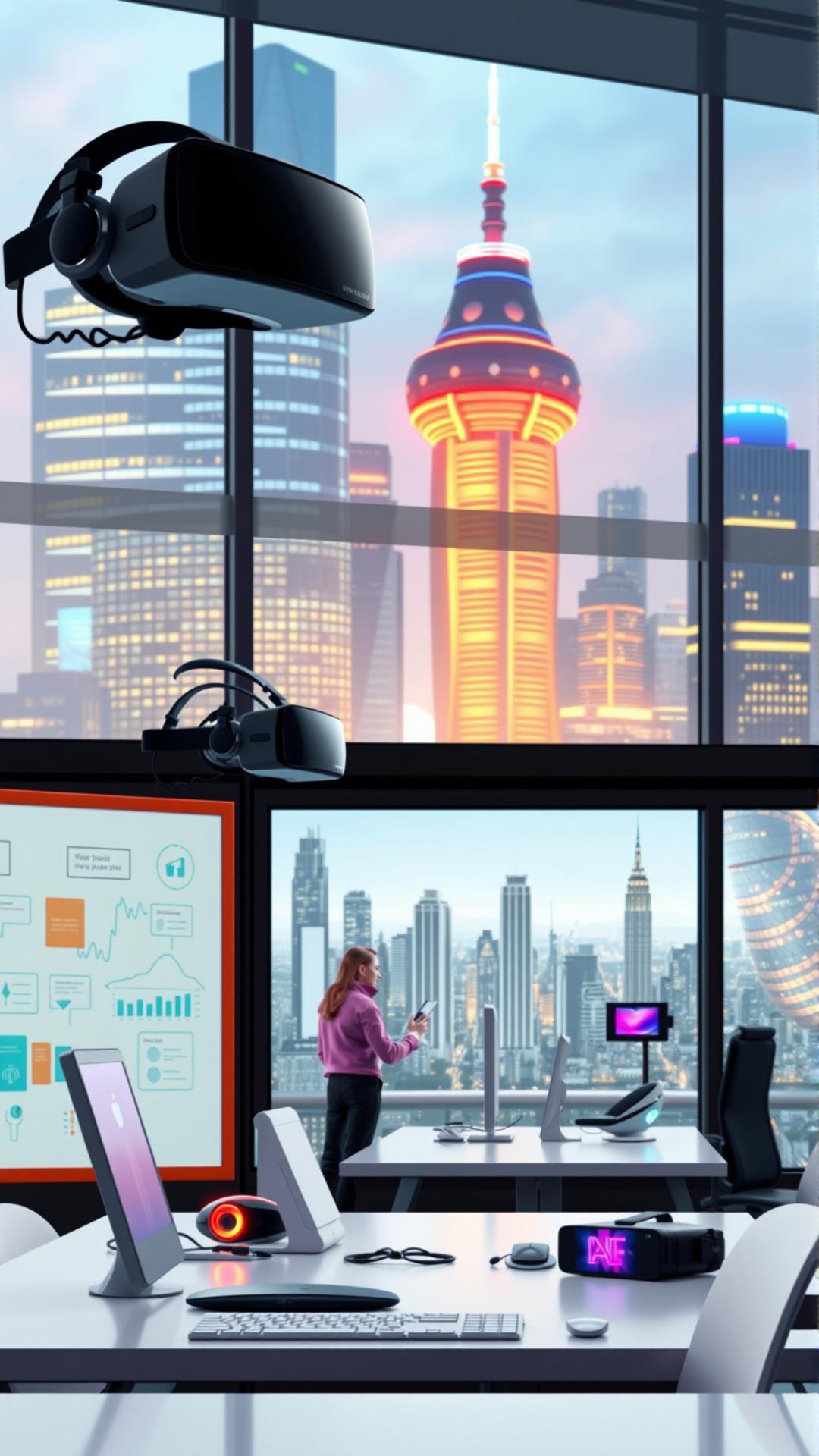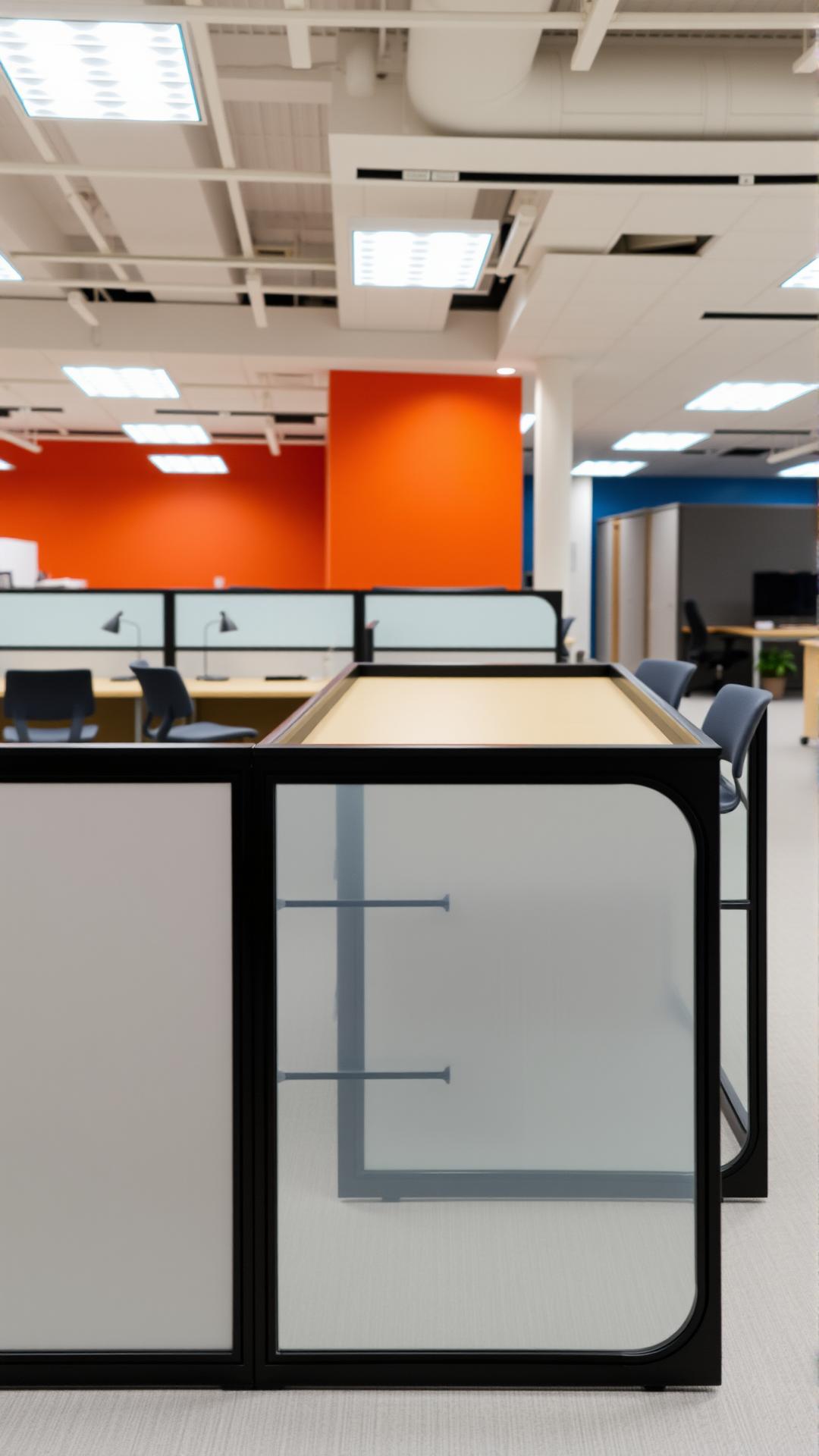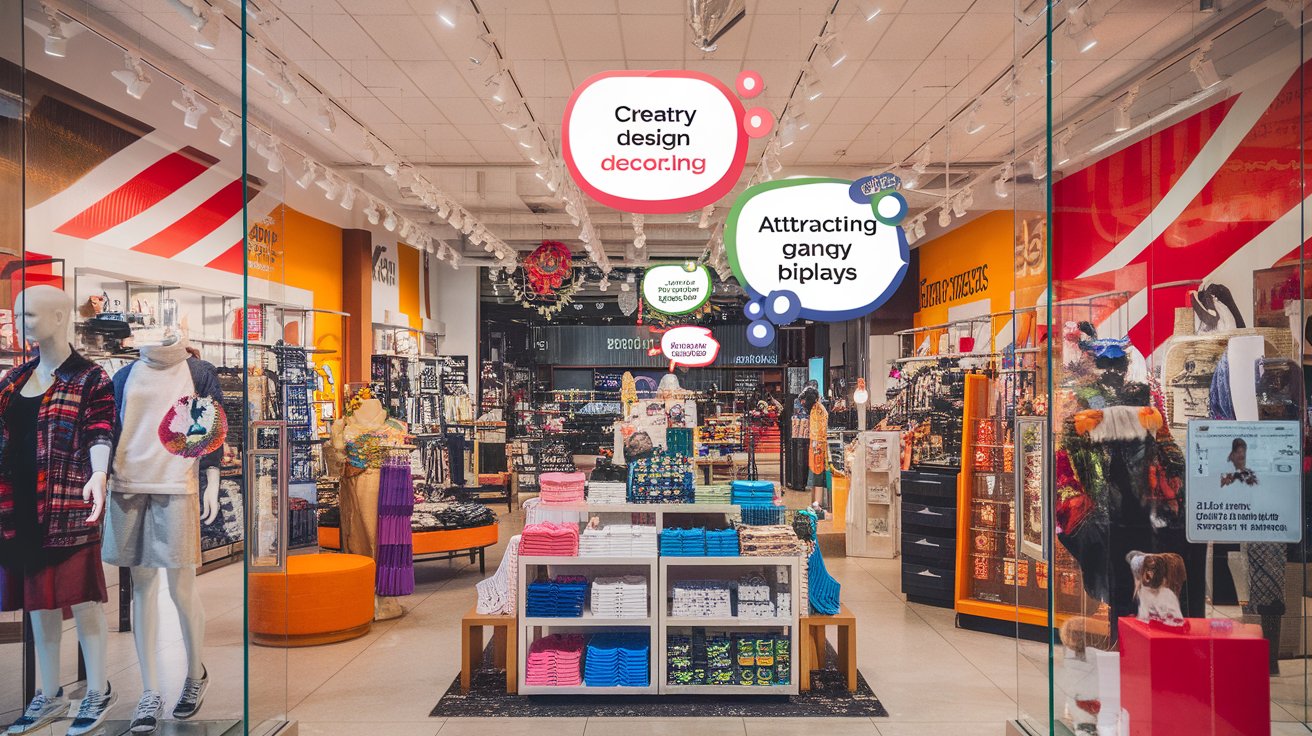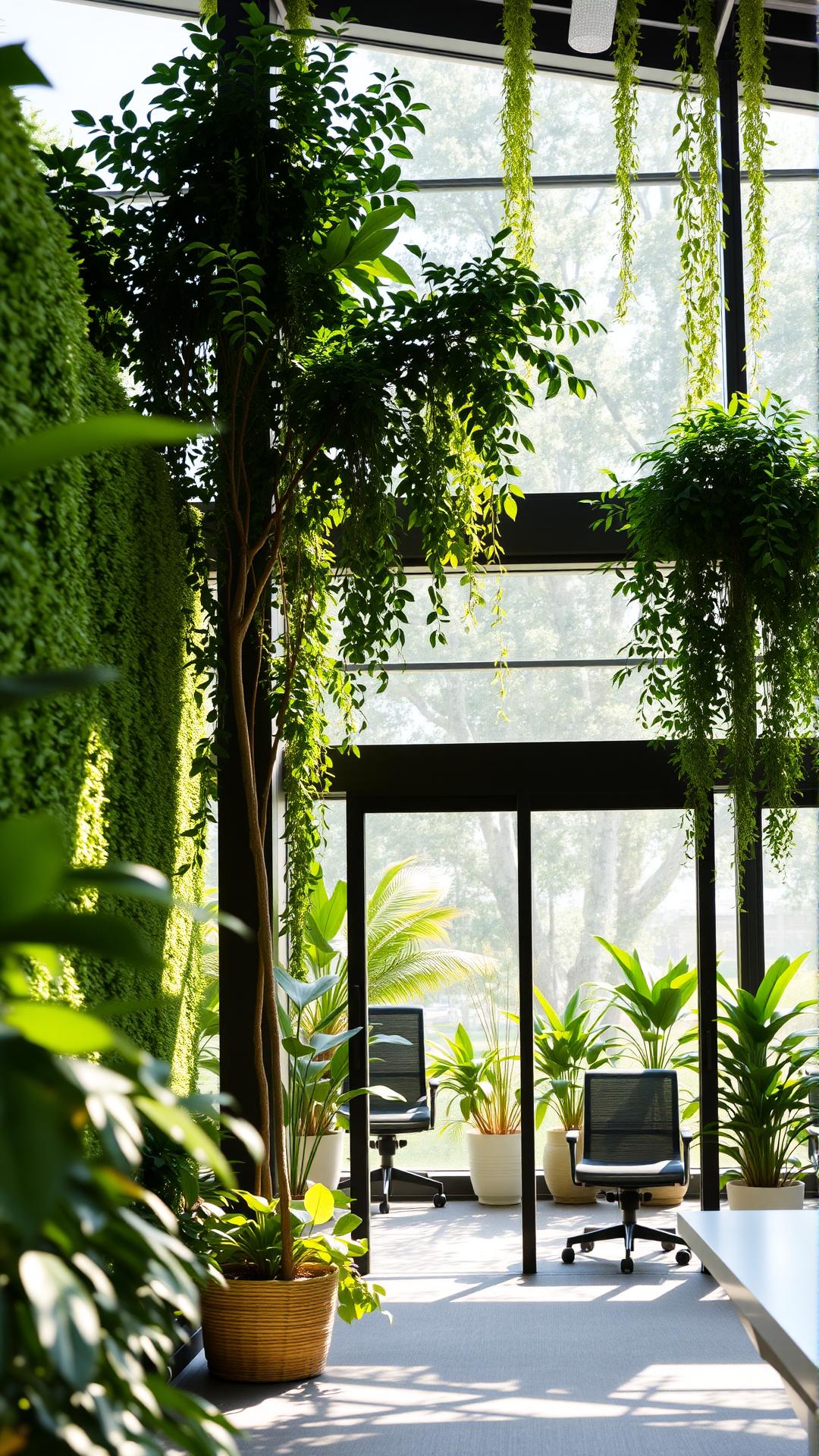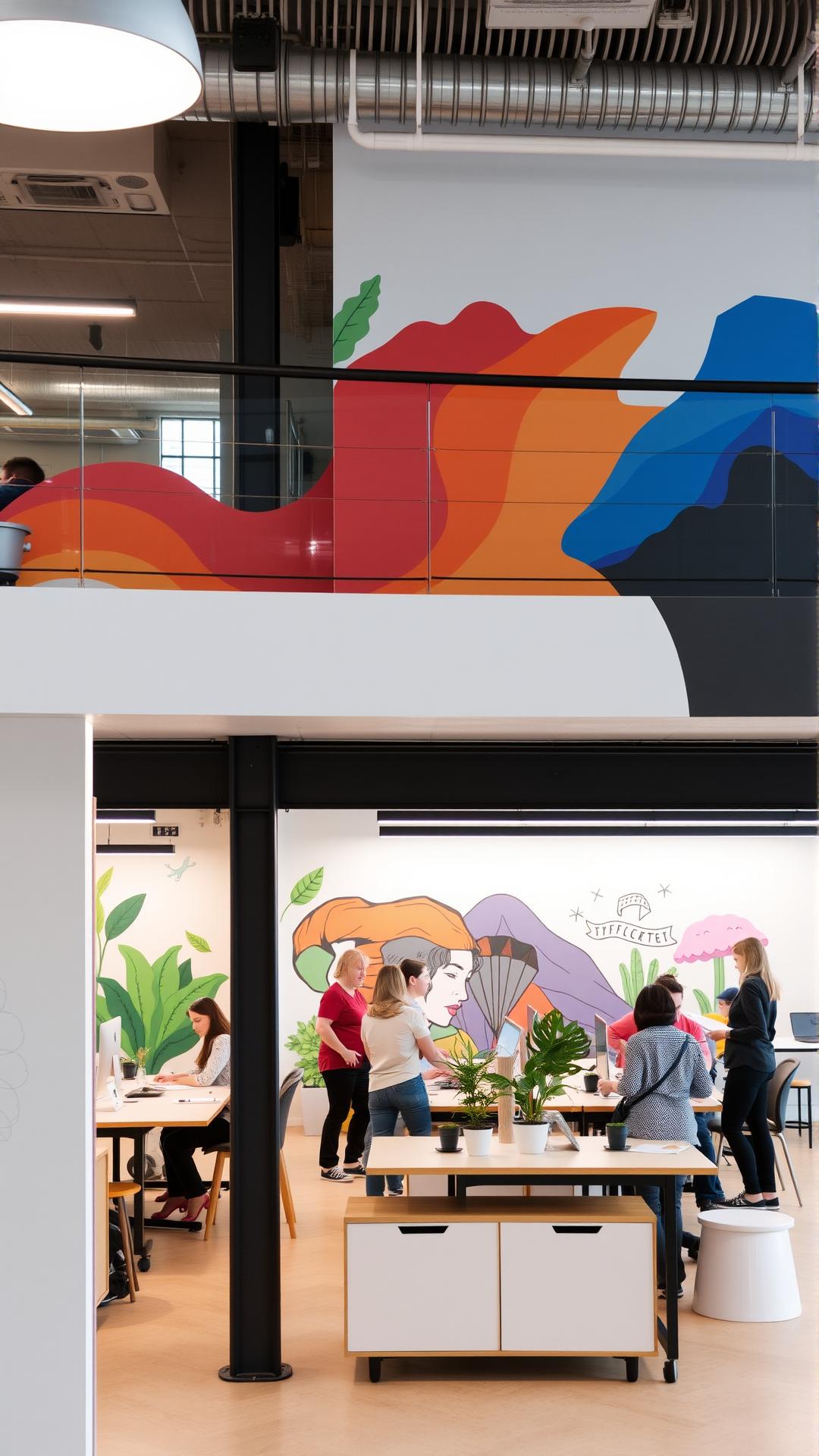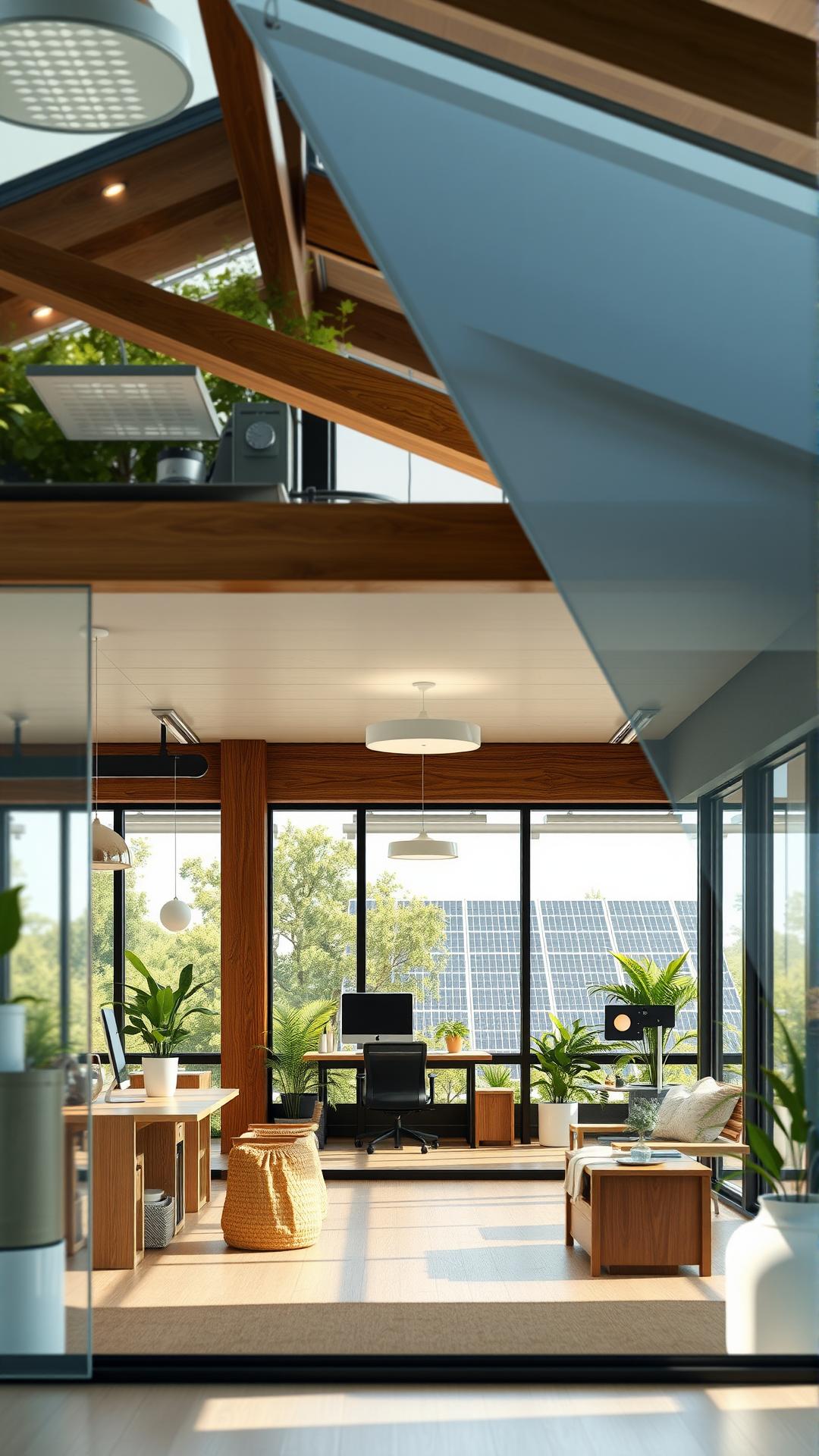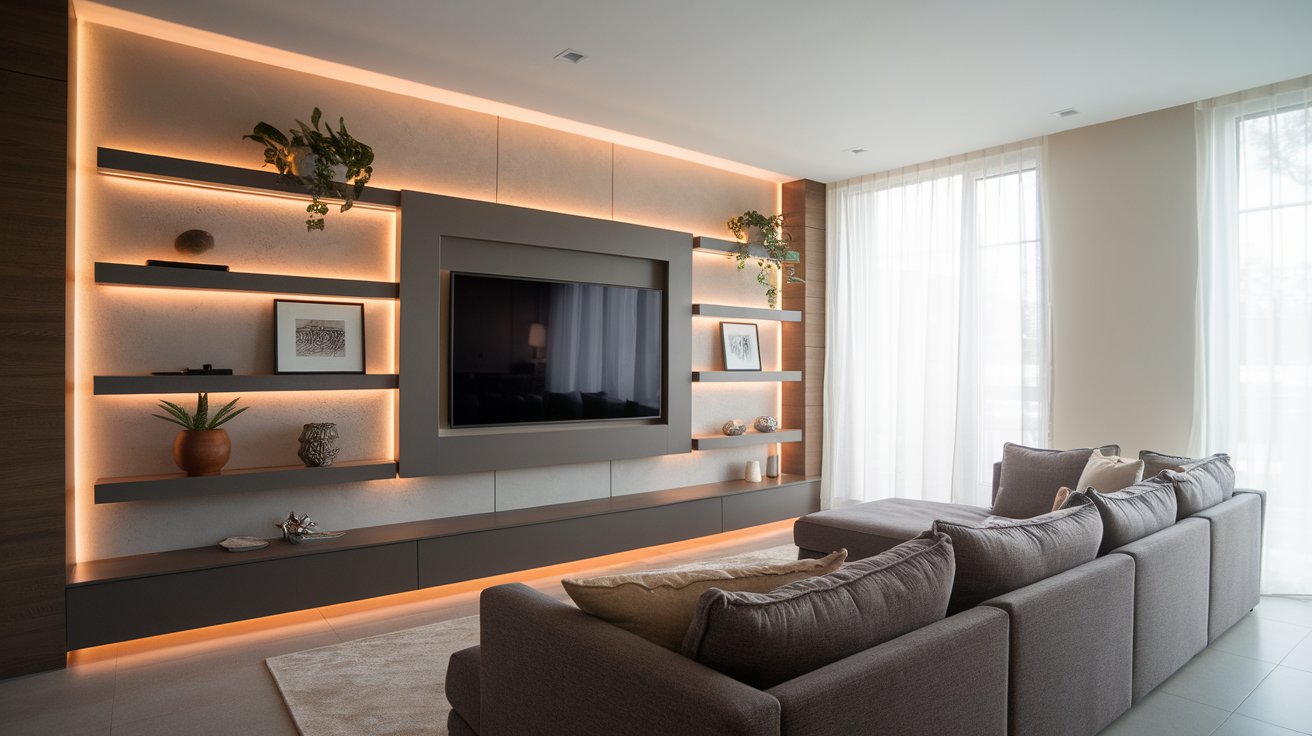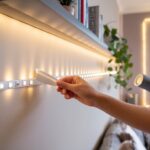Introduction
In the contemporary workplace, the design of office spaces has evolved significantly to accommodate technology-enhanced environments that promote productivity and well-being. Modern office design focuses on creating spaces that are not only functional but also conducive to collaboration, creativity, and comfort. As organizations are recognizing the importance of space on employee performance, the need for innovative office solutions has never been greater. By integrating technology seamlessly into the workplace, companies can foster a culture of innovation and adaptability.
This article cover various modern office design ideas, highlighting elements that enhance both aesthetics and functionality. From open floor plans to modular furniture and smart technology, these concepts are vital for organizations wanting to stay competitive in an ever-evolving digital landscape. We will delve into these aspects in detail, offering practical advice on how to implement these design ideas in your own office space.
The Evolution of Office Design: From Traditional Cubicles to Modern Tech-Enhanced Spaces
The development of office design has witnessed dramatic transformations over the decades, shifting from rigid cubicle layouts to versatile and open spaces that embrace technological advancements. Initially, workplaces were characterized by closed offices and assigned cubicles, reflecting a hierarchical structure and a strict division of roles. This traditional model prioritized privacy but often resulted in a stifling work environment that limited collaboration and communication among colleagues.
As the dynamics of work began to shift in the late 20th century, influenced by factors such as globalization, technological progress, and evolving corporate cultures, so too did the office layout. The advent of personal computers in the 1980s initiated a reform in the way employees interacted with their workspaces. Ergonomic furniture emerged, allowing individuals to work more comfortably, while the concept of shared spaces began to take root. This transition laid the groundwork for the modern office design we see today.
With the rise of the internet and digital communication tools, workplaces evolved from compartmentalized spaces to open layouts that foster collaboration and idea sharing. Open office spaces were championed as a way to break down barriers among employees, sparking creativity and promoting a sense of community. Companies began to design their environments with flexibility in mind, incorporating modular furniture and collaborative areas such as break rooms, conference zones, and lounges.
Contemporary office design continues to be heavily influenced by advancements in technology. Smart offices now utilize integrated systems that enhance productivity through automation and connectivity. Features such as adjustable lighting, temperature control, and digital collaboration tools allow for personalized work environments tailored to individual preferences. Furthermore, the incorporation of biophilic design—integrating nature into the workplace—has gained popularity, reinforcing the connection between employees and their environment.
The modern office is no longer merely a place to perform tasks; it has transformed into a dynamic ecosystem that supports a diverse range of working styles, collaboration, and well-being. This evolution from traditional cubicles to flexible, tech-enhanced spaces illustrates the profound impact of changing work cultures and technological progress on office design, shaping a more functional and inspiring work environment.
Key Elements of Modern Office Design: Creating Functional and Inspiring Workspaces
Essential Components of Modern Office Design
Modern office design encompasses a variety of elements that work harmoniously to create an efficient, inspiring, and tech-enhanced workspace. Understanding these components is vital for businesses aiming to optimize their environments for productivity and collaboration.
The first key element is the layout. A well-thought-out layout can significantly influence employee interaction and workflow. Open floor plans are popular in contemporary designs, promoting communication and teamwork. Furthermore, incorporating designated areas for focused work, such as quiet rooms or pods, addresses the need for privacy and concentration within a collaborative space. The fluidity of the layout allows for adaptability, accommodating different work styles and team dynamics.
Furniture is another critical aspect of modern office design. The shift away from bulky desks and rigid seating towards modular and ergonomic options makes a significant difference. Height-adjustable desks, for instance, support both sitting and standing work, catering to various preferences and promoting health. Comfortable chairs designed for long hours enhance focus and productivity. The use of multifunctional furniture, such as collaborative tables and sofa lounges, also creates versatile areas that can be easily transformed for meetings or relaxation.
Integrating technology into office design is fundamental for a tech-enhanced space. This encompasses the seamless incorporation of audio-visual systems, smartboards, and high-speed internet connectivity. These technologies facilitate efficient collaboration, particularly in hybrid work environments where remote and in-office employees need efficient communication tools. Furthermore, smart office solutions, such as IoT devices that manage lighting, climate, and security, enhance operational efficiency and comfort.
Lighting plays a substantial role in creating an inspiring work environment. Natural light is preferable as it has been shown to enhance mood and productivity. Where natural light is limited, employing artificial lighting solutions that mimic daylight can help. Flexible lighting options, including task-specific and ambient lighting, ensure that workers have optimal conditions tailored to their specific tasks, reducing eye strain and fostering a comfortable atmosphere.
Each of these elements—layout, furniture, technology, and lighting—contributes uniquely to functionality, enabling organizations to create a modern office that promotes productivity, well-being, and collaboration among employees.
Incorporating Technology into Office Design
Enhancing Collaboration and Efficiency
Technology plays a pivotal role in shaping modern office spaces, transforming them from traditional work environments into dynamic hubs of collaboration and innovation. The integration of advanced tools fosters communication and streamlines operations, which in turn boosts overall efficiency. In today’s workforce, where remote access and real-time interaction are increasingly essential, it becomes vital for office design to incorporate technology that supports these needs.
One of the most impactful innovations in office design is the use of smart technologies. This includes automated lighting and climate control systems that adapt to the number of occupants in a space, enhancing comfort and reducing energy consumption. Furthermore, smart desks equipped with sensors can track employee usage patterns, allowing for adjustments that improve ergonomics and productivity. These technologies not only create a more comfortable environment but also contribute to the sustainability of the office space.
Collaboration tools are also crucial in modern office design. Platforms such as virtual whiteboards, video conferencing systems, and project management software enable seamless communication among team members, whether they are in the office or working remotely. These tools allow for brainstorming sessions to occur in real-time, regardless of physical location, representing a paradigm shift in how teams work together.
A well-designed tech-enhanced workspace includes essential infrastructure such as high-speed internet and Wi-Fi capabilities to ensure that all devices remain connected. Integrated audiovisual systems in meeting rooms improve presentation experiences and facilitate hybrid meetings effectively. Moreover, privacy booths equipped with soundproofing technology offer employees a quiet place to focus while still being connected to their team.
Office furniture also plays a significant role in integrating technology. Desks with built-in charging stations or electrical outlets can help reduce clutter and encourage collaboration. The introduction of mobile workstations allows employees the freedom to choose where they work, further enhancing flexibility. Encouraging a blend of communal spaces for teamwork and quiet zones for focused work can lead to a balanced work environment conducive to both creativity and concentration.
Essential Tools and Systems for Modern Workspaces
Every tech-enhanced office should incorporate several key systems. Cloud storage solutions provide accessibility to documents from any device, allowing for collaborative work from various locations. Communication platforms streamline day-to-day interactions, facilitating a smoother workflow. Lastly, security systems, including biometric access controls or smart locks, ensure a safe working environment for all employees. Combining these elements creates a comprehensive framework for a functional and inspiring modern workplace.
Flexibility and Adaptability in Office Spaces
Importance of Flexible Office Design
In the contemporary work environment, flexibility and adaptability stand as central themes in modern office design. The pressures of a dynamic market and diverse work styles necessitate that office spaces can shift and evolve to meet varying needs. The traditional office layout, often restrictive and static, is being replaced with innovative designs that prioritize multifunctionality. This approach not only accommodates different tasks—ranging from collaborative brainstorming to focused individual work—but also supports a culture of agility within organizations.
Modular Furniture and Movable Partition Walls
One of the prime solutions for achieving a flexible office layout is the incorporation of modular furniture and movable partition walls. Modular furniture is designed to be easily reconfigured, allowing organizations to adapt their spaces as required. For instance, desks that can be arranged in clusters for teamwork or separated for privacy provide an opportunity for employees to choose their work environment based on the task at hand.
Movable partition walls serve a similar purpose, enabling organizations to reallocate space depending on the flow of work and the number of employees in the office on any given day. These walls can transform a large conference room into smaller breakout spaces, catering to small group meetings or collaborative sessions without losing the integrity of the overall design. This adaptability not only improves the utilization of office space but also fosters diverse interactions among teams, enhancing creativity and productivity.
The benefits of incorporating flexibility into office design extend beyond functionality. Providing employees with a customizable workplace can lead to increased job satisfaction and overall well-being. When individuals have the autonomy to choose an environment that best supports their tasks, they are more likely to feel engaged and motivated. Furthermore, agile workspaces can facilitate quicker responses to changing business needs, promoting resilience and innovation.
As companies continue to adapt in this fast-paced world, investing in flexible office designs paired with modular furniture and movable walls becomes a strategic imperative. Such thoughtful design encourages a vibrant, collaborative atmosphere that can evolve with the organization, setting the stage for future growth and success. The importance of flexibility in modern office layouts is clear—it’s not just about aesthetics; it’s about creating an environment that nurtures productivity and well-being.
Biophilic Design in Modern Offices
Integrating Nature into Workspaces
Biophilic design is an innovative concept that seeks to connect the built environment with the natural world. This approach emphasizes the importance of incorporating natural elements into office spaces to enhance the overall experience of employees. By creating a more organic atmosphere through the use of elements such as plants, natural light, water features, and organic materials, workplaces can significantly improve employee well-being and productivity.
Incorporating biophilic design into modern office spaces has numerous benefits. A well-designed workspace that integrates elements of nature can lead to reduced stress levels, heightened creativity, and improved cognitive function. Research has shown that mere exposure to natural environments can enhance mood and foster a sense of calm, allowing employees to focus and engage more deeply with their tasks. This focus can lead to increased work satisfaction and overall performance.
The Impact of Nature on Employee Well-being
Integrating nature into office designs can take many forms. Here are some effective strategies for implementing biophilic elements:
- Indoor plants: Adding greenery to workspaces not only improves air quality but also creates an inviting aesthetic that can help reduce stress and increase job satisfaction.
- Natural light: Designing offices to maximize natural illumination can minimize eye strain, boosting mood and enhancing productivity. Large windows and skylights are great options.
- Water features: Incorporating elements like indoor fountains or aquariums can create soothing sounds and visual interest, contributing to a serene work environment.
- Natural materials: Utilizing wood, stone, and other organic materials in furniture and design can evoke a sense of connection to nature, making the workspace feel more welcoming.
- Outdoor spaces: Creating accessible terraces or gardens allows employees to step outside for fresh air and relaxation, further bridging the gap between nature and the workplace.
As modern offices evolve, biophilic design becomes increasingly relevant. By cultivating connections to nature, employers not only enhance the aesthetic appeal of their workspaces but also create environments that foster collaboration, innovation, and well-being. This alignment with employee needs and desires can ultimately enhance overall productivity and satisfaction, paving the way for a healthier, happier workplace culture.
Creating a Collaborative Work Environment
In modern office design, the establishment of collaborative spaces has emerged as a pivotal element in fostering innovation and enhancing teamwork. As organizations seek to cultivate a culture of collaboration, the design of the physical environment plays a crucial role in influencing employee interactions. An inviting and well-thought-out workspace not only motivates employees but also encourages them to engage meaningfully with one another, thus generating fresh ideas and solutions.
Encouraging Interaction Among Employees
Design elements that promote collaboration are diverse and can significantly impact how employees interact. Open-plan layouts are becoming increasingly popular as they facilitate ease of communication and enhance visibility across teams. When employees can see and interact with each other effortlessly, spontaneous discussions and brainstorming sessions become commonplace, leading to a more innovative work culture.
Integrating versatile meeting spaces—such as huddle rooms, informal lounges, and breakout areas—within the office encourages team members to gather for discussions and idea-sharing. These spaces should be equipped with modern technology, including interactive whiteboards, streaming capabilities, and collaborative software to facilitate seamless communication both in-person and remotely. The presence of easily accessible technology fosters a dynamic environment where collaboration can thrive.
Designing with Purpose
Beyond layout, the incorporation of adaptable furniture can significantly enhance collaborative efforts. Modular seating and movable desks allow teams to arrange their workspaces to suit their specific needs at any given moment. This flexibility enables a quick transition from focused work to collaborative sessions, catering to varying tasks without the constraints of fixed furniture arrangements.
The strategic use of color and lighting is essential in creating an inviting atmosphere that promotes teamwork. Warm colors and natural light can enhance mood and foster creativity, making employees more inclined to engage with one another. Including elements of biophilic design, as discussed in the previous chapter, can further enrich these collaborative spaces, linking the benefits of nature to social interactions.
By prioritizing the design of collaborative work environments, companies can effectively break down silos, encourage innovation, and improve overall productivity. These thoughtfully designed spaces not only empower employees to connect but also cultivate a sense of community within the organization, aligning perfectly with the principles of modern office design that supports both functionality and inspiration.
Implementing Sustainable Design Practices in Modern Office Design
Understanding the Importance of Sustainability
Sustainability has emerged as a cornerstone of modern office design, reflecting a growing awareness of environmental responsibilities and the need to minimize our carbon footprint. The integration of sustainable practices not only endows workplaces with an eco-friendly ethos, but also contributes to employee satisfaction and productivity. Companies that prioritize sustainability tend to attract a workforce that values corporate responsibility and ethical practices, which can translate into better retention rates and enhanced company reputation.
Materials and Practices for Environmental Responsibility
The choice of materials in office design plays a significant role in fostering sustainability. Utilizing recycled, reclaimed, or sustainably sourced materials can drastically reduce the environmental impact of an office environment. Here are several options that have gained traction in recent years:
- Recycled Materials: Furniture and decor made from recycled plastics, glass, and metals can reduce waste and energy consumption in production.
- Biodegradable Options: Products like acoustic panels made from natural fibers or adhesives free from toxic chemicals contribute to healthier indoor air quality.
- Locally Sourced Materials: Sourcing materials locally not only reduces transportation emissions but also supports regional economies.
- Sustainable Wood: Using certified wood products ensures that the materials are sourced from responsibly managed forests, minimizing deforestation impacts.
Incorporating energy-efficient technologies is another key aspect of sustainable office design. High-performance insulation, energy-efficient lighting, and smart HVAC systems can significantly reduce energy consumption. Furthermore, integrating renewable energy sources, such as solar panels, into the office infrastructure can contribute to self-sufficiency and lower dependence on fossil fuels.
Water conservation is equally important in sustainable office design. Installing low-flow fixtures, rainwater harvesting systems, and drought-resistant landscaping can reduce water usage and manage stormwater effectively. Implementing greenery not only enhances aesthetic appeal but also contributes to biodiversity and air quality improvement.
Sustainable design practices in modern offices represent a shift towards more responsible and ethical work environments. By embracing ecological principles, companies can create spaces that are not just functional and inspiring, but also contribute to the betterment of the planet. As the workplace evolves, prioritizing sustainability will continue to be a crucial factor in creating tech-enhanced environments that inspire innovation while safeguarding our natural resources.
Conclusions
Modern office design is a critical aspect of creating an engaging and effective workspace that meets the needs of today’s businesses. By carefully considering the layout, furniture, and technological integrations, organizations can create environments that nurture creativity and collaboration among employees. It’s evident that a tech-enhanced office plays a significant role in enhancing productivity and job satisfaction.
As the trends in office design continue to evolve, companies must remain flexible and open to adopting new ideas that align with their organizational goals. Investing in a thoughtfully designed workspace not only benefits employees but also drives the overall success of the business. By embracing modern design principles, organizations can pave the way for a more dynamic and innovative future.
